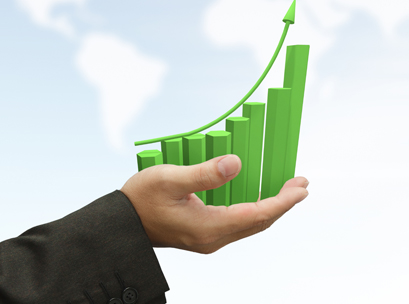 Retail sales growth performed well over 2014, and this trend has continued in the early part of 2015, with retail sales up by 4.1 per cent over the year to March 2015.
Retail sales growth performed well over 2014, and this trend has continued in the early part of 2015, with retail sales up by 4.1 per cent over the year to March 2015.
Economic analysis released by Deloitte, reveals that the broader Australian economic performance remains sub trend, as a massive pull back in resources investment is only partially offset in other parts of the economy.
On face value, this is seemingly not a great environment for retailers. However, two further credit injections by the Reserve Bank have spurred continued gains in retail turnover in 2015, continuing the good run seen over the past year.
That overall healthy retail performance also masks a sectoral split. Low interest rates have helped to provide a big boost to non food discretionary retail spending, where non food retailers are currently seeing the strongest sales growth since the GFC.
Household goods retailers are also continuing to enjoy sales growth of close to 10 per cent over the past year, while clothing retailers also saw a strong start to 2015. In contrast, food retailers have experienced weak sales growth.
But the biggest spark from the credit injection has been to house prices in Sydney and Melbourne, where markets have run hot for two years now, and appear to be getting even more hyped in a late autumn auction frenzy. What the Treasury Secretary is describing as unequivocally a property bubble is unlikely to end well.
This may however contribute to an environment of healthy retail spending growth for a while longer, as it encourages additional borrowing and sparks housing construction activity.
The other key policy set piece of late (the Federal budget) will also be welcomed by retailers, particularly household goods retailers who may be beneficiaries of additional small business capital goods spending. The relatively well received budget saw consumer confidence rise to its highest level since early 2014.
Those supports still look temporary, and so overall retail sales growth is likely to moderate by the end of the year, but there may still be some good gains in the meantime.
Overall, real (inflation adjusted) retail sales growth is expected to come in at 3.4% for 2014-15, an improvement on a very solid 3.1% in 2013-14.
The 2014-15 financial year is still expected to be the peak of the cycle for retail, with sales growth moving down to 2.6% in 2015-16 and 2016‑17, no longer supported by rapid house price gains.
2014 was a stellar period for retailers in New South Wales, with its sales growth leaving other States for dust. Into 2015 New South Wales retains top spot, but only just, with overall retail sales growth shifting back a gear. A similar story is seen for Victoria, which remains above the national average, but sales growth momentum has shifted back. The good run of the big two may not be quite over, with the RBA’s rate cuts in 2015 encouraging more lending for housing and an auction frenzy in Sydney and Melbourne. That game is not sustainable, but could still provide some good support for retailers through 2015.
At the foot of the retail growth league are the resources jurisdictions of WA, Queensland and the NT. With significant cost cutting underway in mining and subdued labour markets more generally, retail spending remains restrained for now.





